CASE HISTORY
This 30 year first saw me in 2005 at 19 years of age with a problem of an endometrioma. She underwent a laparoscopic cystectomy. She was single at that time. Postoperatively, she received 3 doses of monthly GnRH analogue injection. She was last seen in 2006 and was well. She conceived spontaneously after that and delivered 2 babies in 2007 and 2010. She was seen again in April 2016 complaining of hematuria and frequency of micturition. She had seen a urologist 6 months earlier. Cystoscopy done showed bladder endometriosis. No further surgery was performed and she was given GnRH analogues for 6 months. However her symptoms persisted after completion of the GnRH analogue.
Examination and ultrasound showed a large bladder nodule. IVU showed stricture in the upper right ureter. She underwent a combined urology and gynaecology surgery.
The Surgery
Stents were first placed in both the ureters. Laparoscopy showed a large bladder nodule which was adherent to the uterus. She also had many small endometriotic nodules. The bladder was released from the uterus. The urologist demarcated the bladder endometriosis using a transurethral resectoscope. The bladder endometriotic nodule was excised. The bladder was repaired continuously using polyglatin 3-0 sutures.
She subsequently conceived again and delivered her third child in 2017.

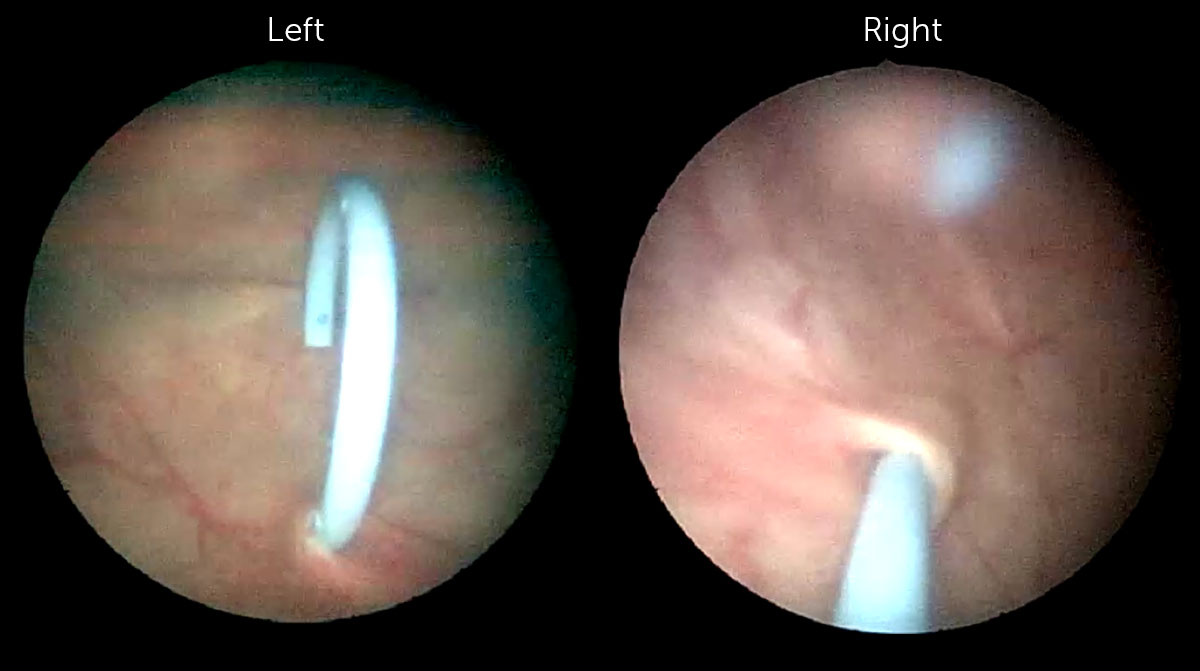
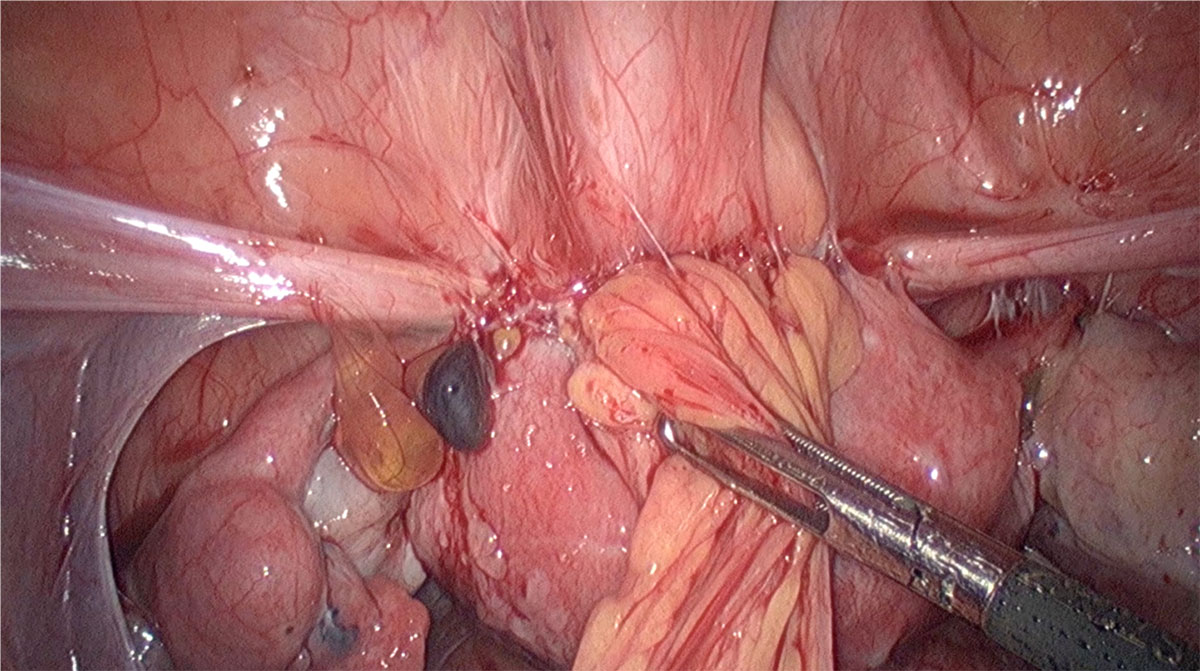
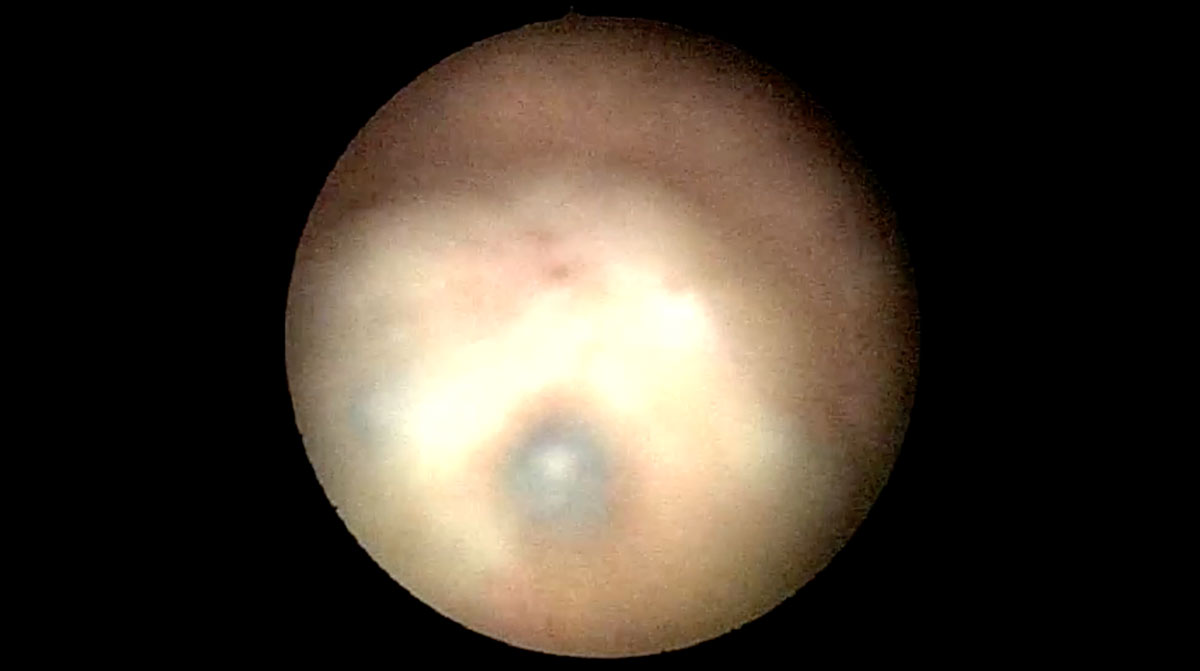
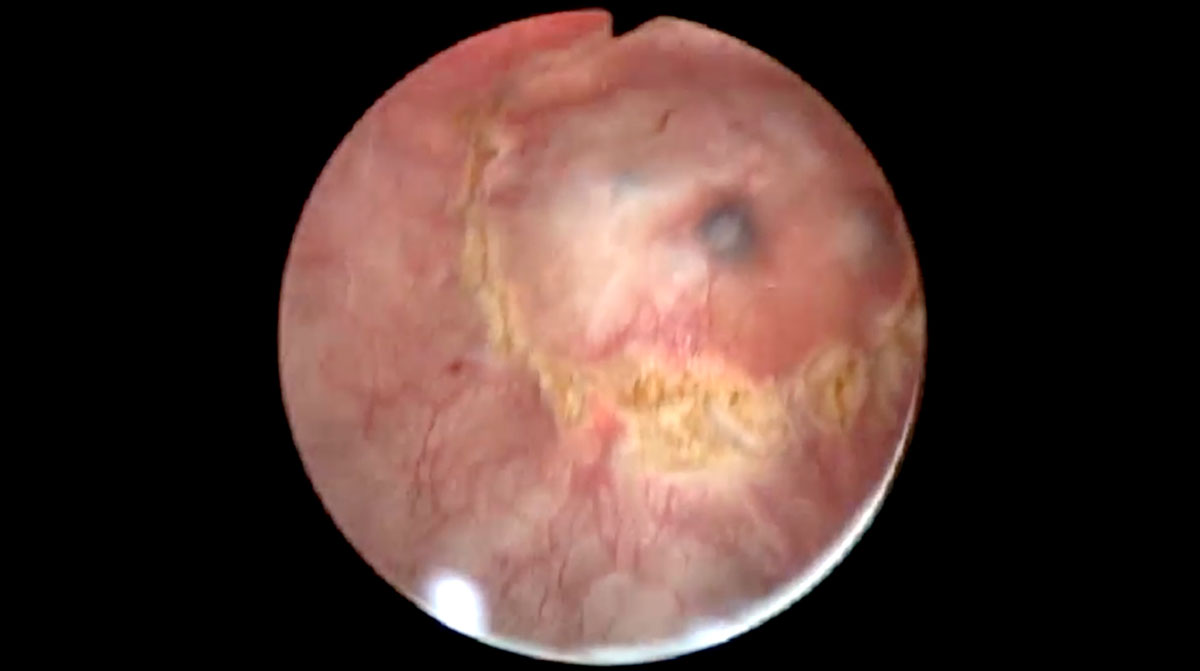
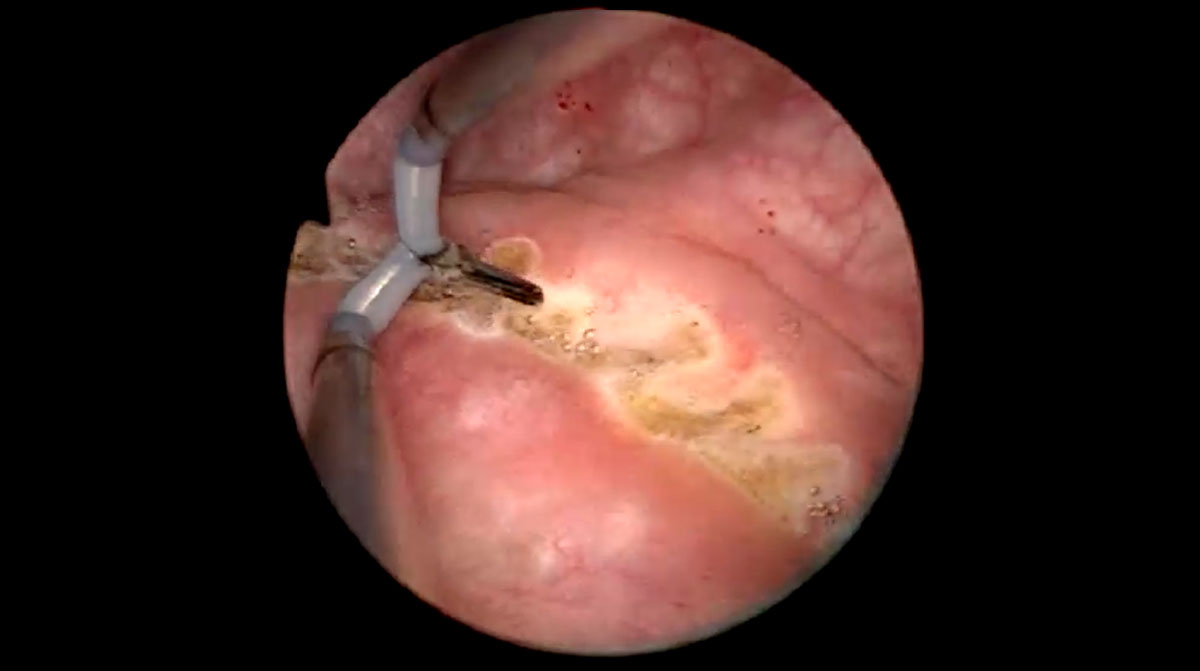

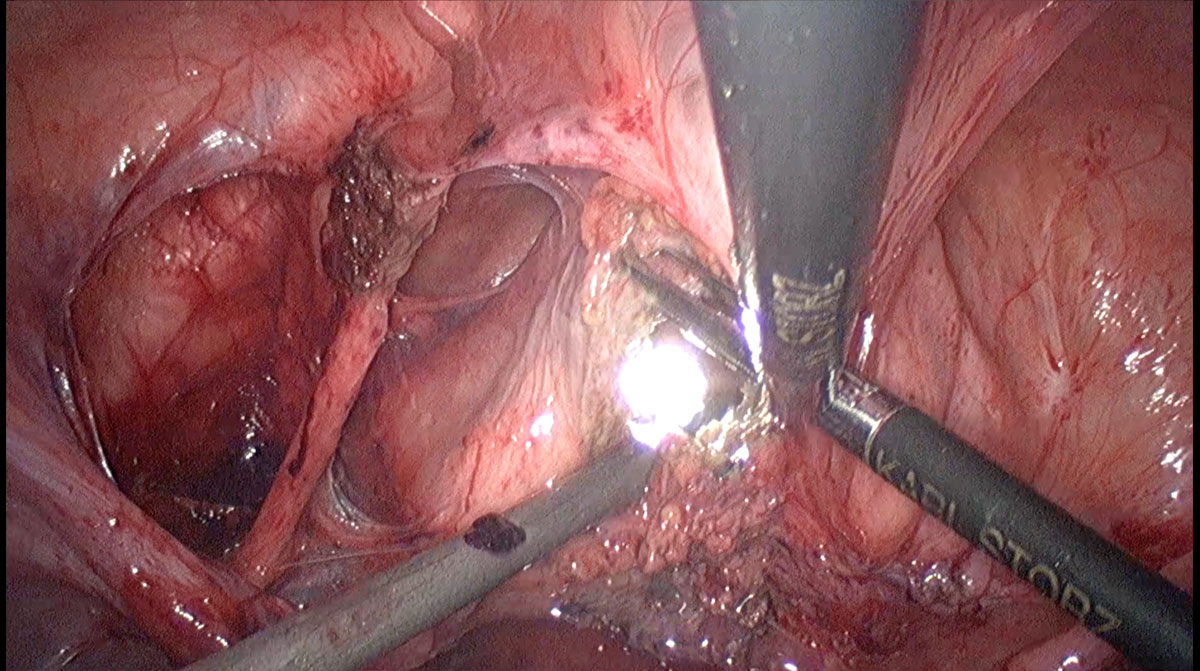
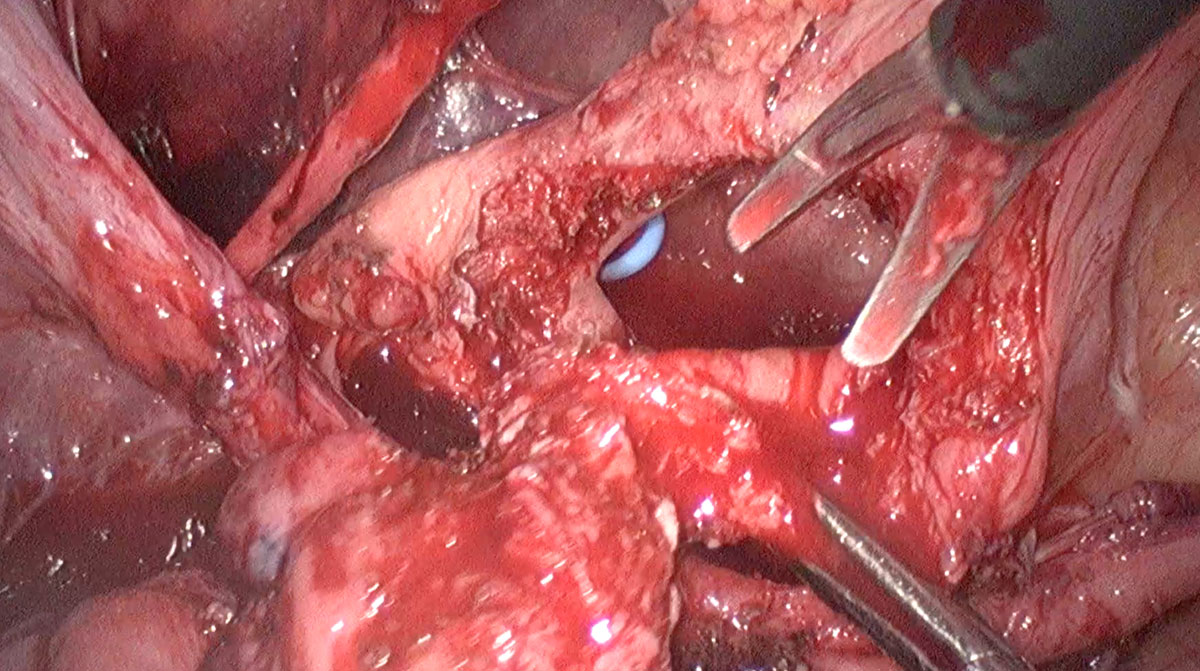

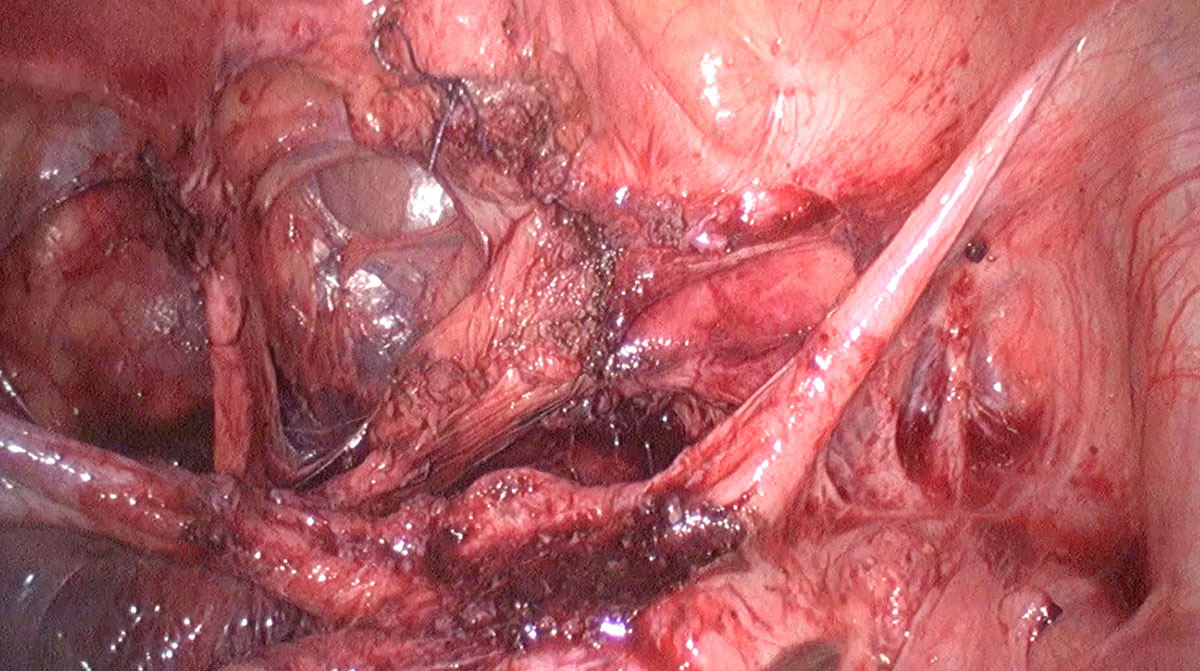
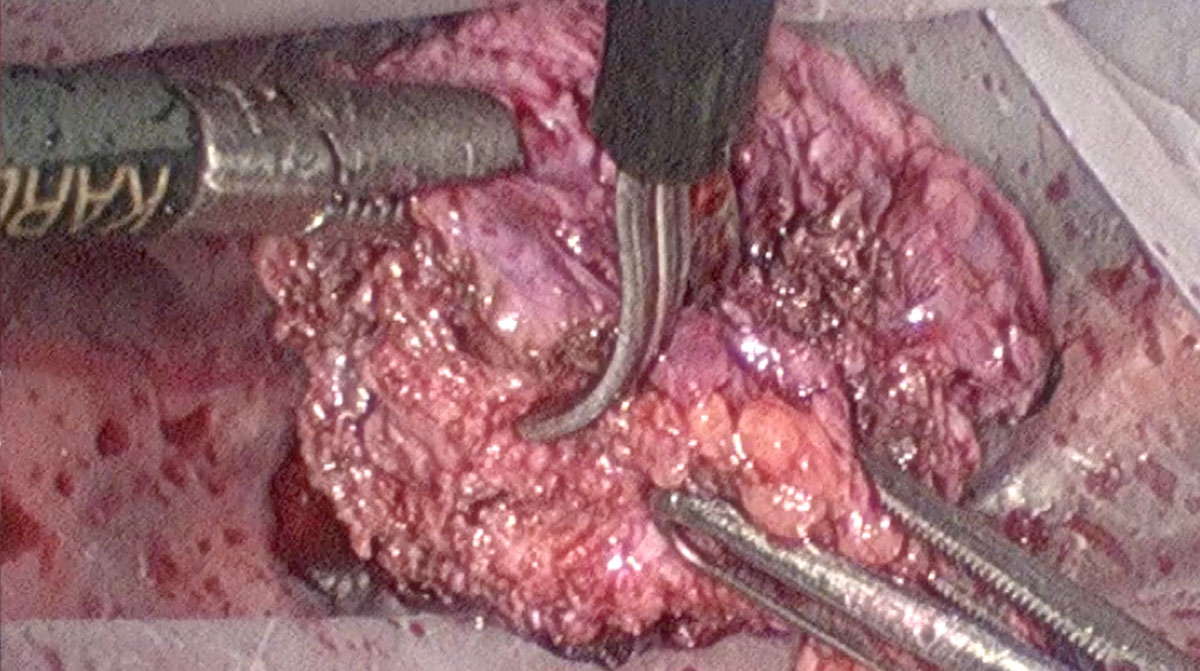
Conclusion
In bladder endometriosis, a combined approach with the urologist can assist in safely excising deep bladder endometriosis. Stents placed in the ureter assist in avoiding injury to the ureters. Demarcating the endometriotic nodule by the urologist through the bladder and excising the bladder nodule laparoscopically is both safe and effective.
https://vimeo.com/user31343866
https://www.youtube.com/watch?v=03-zoFRbmv8&t=103s







